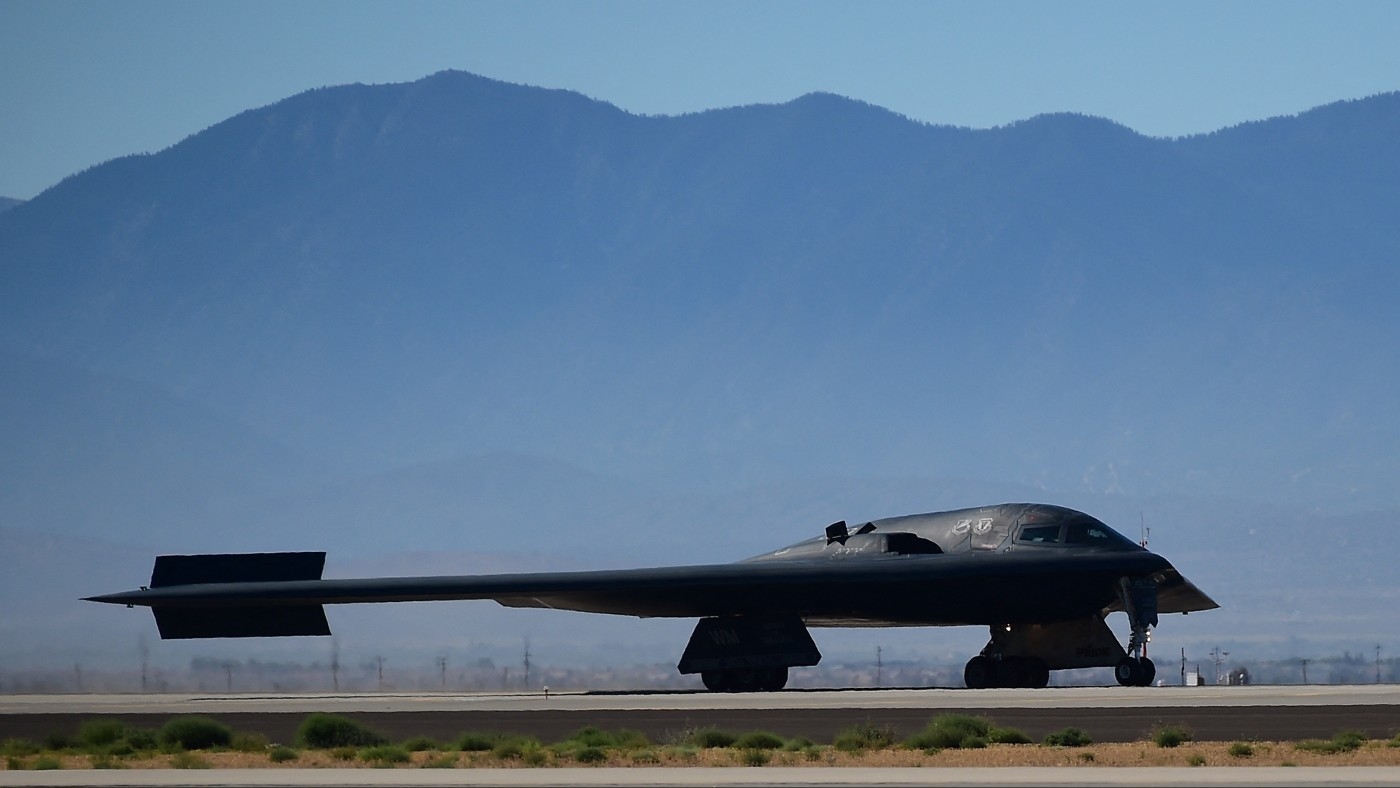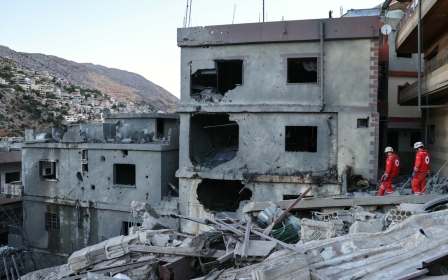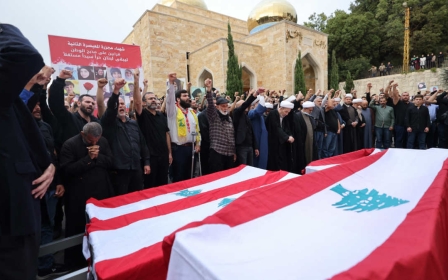US bombers strike Houthi underground facilities in Yemen

The US targeted five underground storage facilities in Houthi-controlled areas of Yemen on Wednesday night, in a strike that used B-2 stealth bombers against the Iran-aligned group for the first time.
US Defence Secretary Lloyd Austin said the strike was a unique demonstration of Washington’s ability to hit hard-to-reach facilities, “no matter how deeply buried underground, hardened, or fortified”.
“The employment of US Air Force B-2 Spirit long-range stealth bombers demonstrate US global strike capabilities to take action against these targets when necessary, anytime, anywhere,” Austin said in a statement.
US President Joe Biden ordered the attack to “further degrade the Houthis’ capability”, Austin said, referring to the group’s attacks on ships in the Red Sea and Gulf of Aden.
Houthi-run Al-Masirah TV said that Wednesday night’s strikes targeted six areas in and around Yemen’s capital, Sanaa, and two near the northern city of Saada. It did not report any casualties.
New MEE newsletter: Jerusalem Dispatch
Sign up to get the latest insights and analysis on Israel-Palestine, alongside Turkey Unpacked and other MEE newsletters
The broadcaster said that nine air strikes targeting areas of eastern Saada had been carried out by US and UK air forces.
"The American and British attacks on Yemen will only increase our determination to continue our military operations in support of Gaza, and confirm that the crimes of genocide in Gaza are American and British crimes," Mohammed al-Bukhaiti, a Houthi political official, said on social media.
Saying they are acting in solidarity with Palestinians in the wake of Israel’s ongoing war on Gaza, Houthi fighters in Yemen have carried out nearly 100 attacks on ships crossing the Red Sea since November, disrupting global commerce in the process.
The vessels targeted have usually had some connection to Israel or one of its western allies. The Houthis have also fired on Israel, which has carried out strikes on Houthi targets in Yemen.
Iran attack expected
Wednesday night’s strikes - and Austin’s words - have been widely interpreted as a signal to Iran, which is expecting US ally Israel to respond imminently to missile attacks launched by Iran on 1 October.
The B-2, which is rarely used by the US military, is the only plane capable of striking Iran’s deeply buried nuclear facilities.
The penetration of such sites generally requires the use of “bunker buster” bombs, which have thicker steel cases and smaller amounts of explosives, allowing the munition to remain intact as it smashes its way through fortifications before detonating.
According to a statement from US Central Command, US Navy “assets” also took part in the attack. To carry out the strikes, the B-2 bombers would have either had to fly round-trip from Missouri to Yemen and refuel mid-air, or take off from a base in the region, the New York Times reported.
The US has a host of military bases in the Middle East, including in Oman, Qatar, Saudi Arabia and the United Arab Emirates. It also has Camp Lemonnier, a naval expeditionary base in Djibouti, just across the Gulf of Aden from Yemen.
Middle East Eye delivers independent and unrivalled coverage and analysis of the Middle East, North Africa and beyond. To learn more about republishing this content and the associated fees, please fill out this form. More about MEE can be found here.




